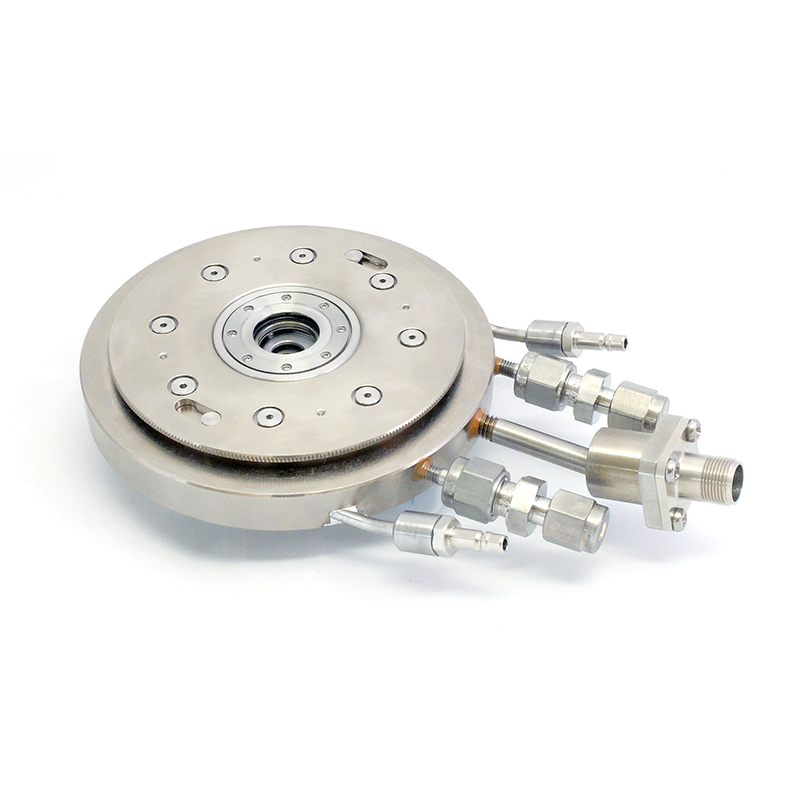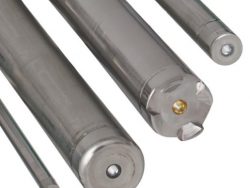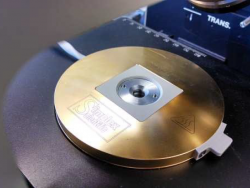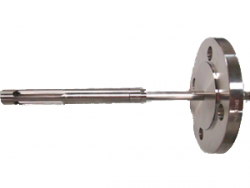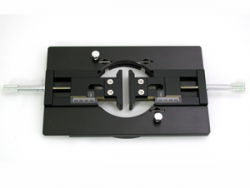Description
Pike Technologies S-100R Heated Stage
The S-100R Microscope Heat Stage is designed for spectroscopic analysis and monitoring of small samples from ambient to 600 °C. For transmission and reflection measurement, the accessory can be located directly on the sampling stages of most FTIR and Raman microscopes. It may also be used for transmission measurements when placed in the sample compartment of the spectrometer. Inert or reaction gas may be flowed through the stage to create a custom environment.
- Compact design fits most stages of FTIR and Raman microscopes
- Feasible for direct transmission measurements in sample compartments of FTIR spectrometers
- Precise temperature control up to 600 °C
- Vacuum, reaction gas or inert gas chamber environment
The stage features a lightweight aluminum body that is 16-mm thick. The sample is located between two IR transparent windows (transmission measurements) or between the IR reflecting mirror and single window (trans-reflection configuration). Samples can be easily loaded and removed by twisting the upper window plate by hand. Optional inserts for varying sample sizes and shapes are available and a wide selection of window materials can be used with the stage.
The accessory can be used under ambient conditions or under vacuum. Pressure up to 0.5 MPa is possible with appropriate windows. In addition, inert or reaction gas can be flowed through the stage chamber. Valves and connectors required for these special configurations should be ordered separately.
Temperature range of the S-100R Microscope Heat Stage spans from ambient to 600 °C, and is controlled with +/- 0.5% accuracy by digital controllers available in PC or dedicated configurations. PC option provides graphical parameter setup, ramping and USB connectivity. Liquid cooling is integrated into the accessory base in order to minimize heat transfer to the microscope stage, improve temperature stability and aid the cooling process.

